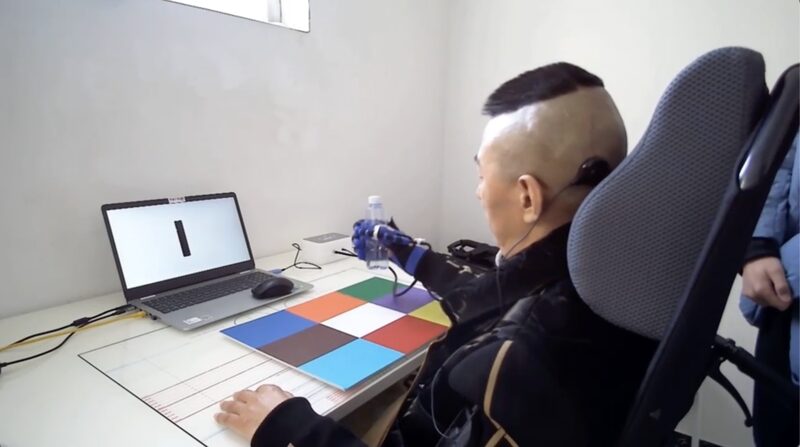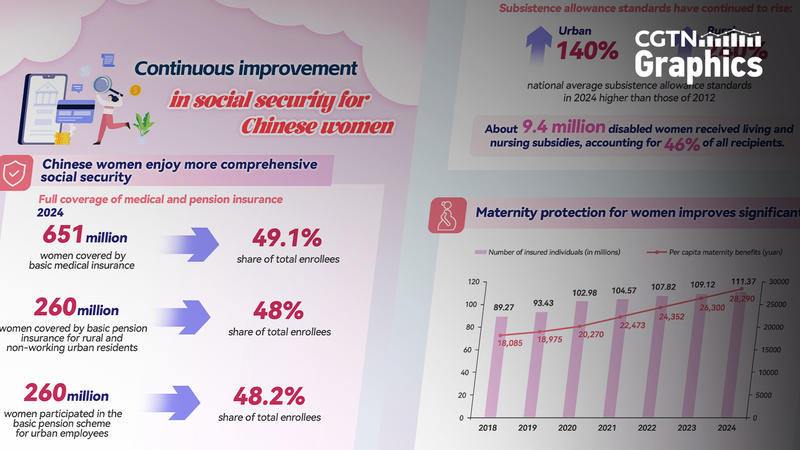In a major leap for medical technology, China has unveiled pricing guidelines for brain-computer interface (BCI) services. The National Healthcare Security Administration's new framework paves the way for introducing cutting-edge BCI innovations into clinical practice as these technologies mature.
The guidelines specify pricing details for neurological medical services, covering both invasive procedures—such as implantation and removal—and non-invasive adaptations. BCI technologies enable direct communication between the brain and external devices through either implanted electrodes or external sensors, splitting the field into two main approaches.
A standout in China's clinical trials is the semi‐invasive Neural Electronic Opportunity (NEO), developed by scientists from Tsinghua University led by Hong Bo from the School of Medicine. Unlike fully invasive systems like Elon Musk's Neuralink, NEO places an electrode detector between the skull and the dura mater, thereby minimizing direct brain tissue damage while ensuring high-quality signal acquisition.
This innovative approach has already seen success. At the Capital Medical University Xuanwu Hospital in Beijing, a patient regained hand movements with the assistance of an air-filled glove following the NEO implantation. So far, three patients have undergone the procedure, with plans to perform 30-50 clinical cases in 2025. Moreover, the team is collaborating to establish a production line at the Zhangjiang Cell Industrial Park in Shanghai, aiming to produce 10,000 sets annually.
Looking forward, the next generation of the NEO device is projected to be as compact as a coin, featuring 64 channels and built with lighter materials alongside advanced chip technology to boost its performance.
Reference(s):
China sets pricing guidelines for brain-computer interface services
cgtn.com




